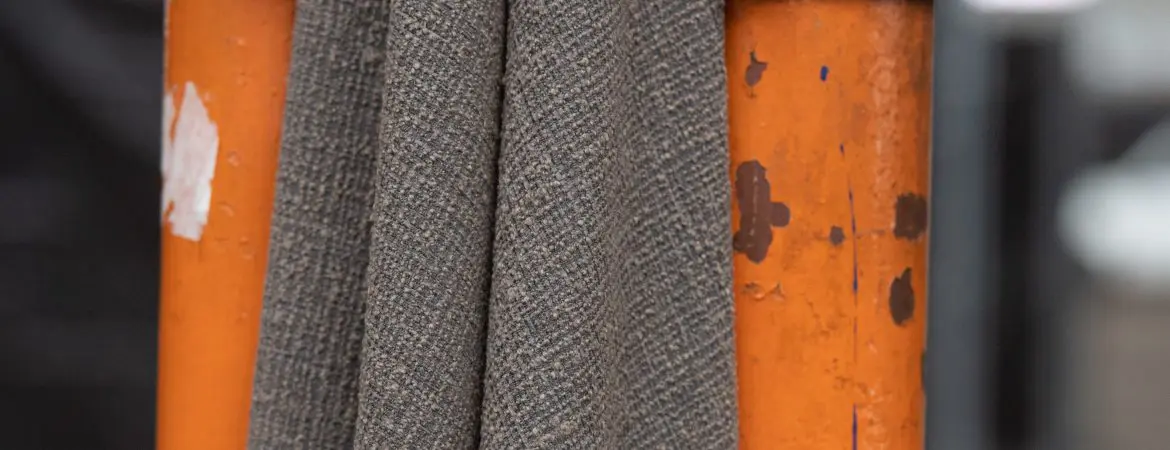
Recycling techniques for sustainable furniture fabrics
The importance of recycling upholstery fabrics has become increasingly important nowadays, as sustainability and circular economy have become increasingly important. Recycling furniture fabrics has many benefits, both environmental and economic.
To begin with, recycling fabrics can help reduce waste. Many furniture fabrics currently end up in the rubbish and are incinerated, which is harmful to the environment and our health. By recycling these fabrics, we can reduce waste and reduce harmful emissions.
In addition, recycling can help reduce CO2 emissions. This is because recycling fabrics consumes less energy than making new fabrics, as the production process has already taken place. Thus, by recycling furniture fabrics, we can save energy and reduce CO2 emissions.
Moreover, recycling furniture fabrics can help reduce the use of raw materials. If we can recycle existing furniture fabrics, we need to use fewer new raw materials. This can help reduce pressure on natural resources and contribute to more sustainable production.
Finally, recycling furniture fabrics can also bring economic benefits. For instance, it can contribute to the creation of new businesses and jobs in the recycling sector, which in turn contributes to economic growth. Factors complicating the process:
Complexity of recycling
Recycling interior fabrics can be tricky because furniture fabrics are often part of a larger piece of furniture, which also uses other materials such as wood, metal and glue. It can be difficult to separate these different materials to recycle them separately.
Moreover, furniture fabrics may have been treated with coatings, dyes and other chemicals, which can make it difficult to recycle them without compromising the quality or safety of the final product.
In addition, furniture fabrics are often composed of different types of fibres, such as cotton, wool, polyester and nylon. It is difficult to separate these fibres and recycle them separately, which can make it difficult to produce high-quality recycled fabrics.
All in all, then, there are several challenges associated with recycling furniture fabrics, but with the development of new techniques and the use of circular design approaches, efforts are being made to improve the recyclability of materials in the furniture industry.
Recycled furniture fabrics: techniques
There are several recycling techniques available for sustainable furniture fabrics, including:
Mechanical recycling: This involves grinding and fiberising old fabrics and then using the fibres to produce new fabrics.
Chemical recycling: This involves using chemical processes to break down old fabrics into their original components, after which these components are used to produce new fabrics.
Thermal recycling: this involves fibrizing, melting and pressing into fabric.
Upcycling: This is a process in which old fabrics are transformed into new, high-quality products. This involves, for example, using an old fabric to cover a new piece of furniture.
Biological recycling: This involves the use of biodegradable fabrics that can be broken down after use by natural processes such as composting.
Circular design: This is a design approach where products are designed with recycling in mind from the outset. As a result, materials and processes are chosen that allow the product to be reused after use.
By using these recycling techniques, old furniture fabrics can be transformed into new, high-quality products and the amount of waste and pollution in the furniture industry can be reduced.
Despite the complexity of recycling techniques for sustainable furniture fabrics, there are a lot of benefits for retailers, the environment and the economy in a circular product. In addition, there are several ways in which furniture fabric recycling can be improved and realised. Read more about the benefits, importance and rules regarding circular textiles here.